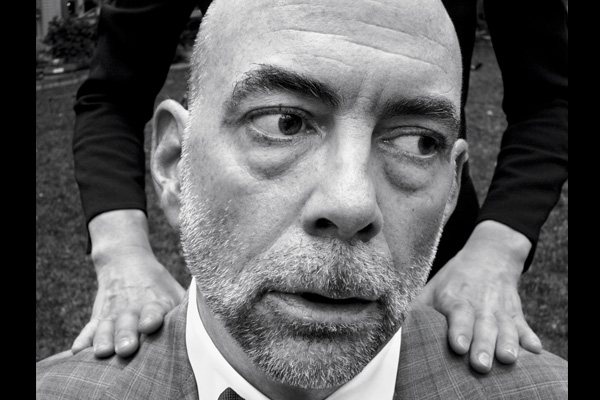LISTEN – SHOCKED BACK FROM THE DEAD –
August 9, 2021 – Dr. P. was an ECT specialist at the institute. Electroconvulsive therapy, once known as shock therapy, sends an electric current to the brain, which produces convulsions that affect the patient’s levels of dopamine and other neurotransmitters. During the procedure, the patient is anesthetized, and paralytic drugs are administered to quiet convulsions in the body. Without paralytics, the patient will twitch and flail on the operating table. ECT is a powerful measure against suicide, and yet it has traditionally been used as a treatment of last resort. Early images of patients undergoing shock therapy inform our fears. I was terrified of ECT. I imagined the electric chair, and I knew, or thought I knew, what shock would do to me. It would destroy my ability to write, or even to think clearly. It would take away my memories and my personality. I would be unable to function, would live confined to hospital wards.
“We want to perform ECT. It is an excellent treatment. There is nothing to be afraid of. ECT will not harm you. It will help you. We need you to agree. We need your consent,” Dr. P. said.
This is how it goes: You lie on the table in your gown and your socks. You’re looking up at the white ceiling. The ECT nurse sticks electrodes to your head, chest, arms, and legs. Wires run from the electrodes, across your body. You nod to the anesthesiologist, who is usually pretty friendly and who sticks you with a needle, to set up the I.V. Maybe you speak to the administering physician, the team leader. This doctor stands behind your head, programming the shock.



